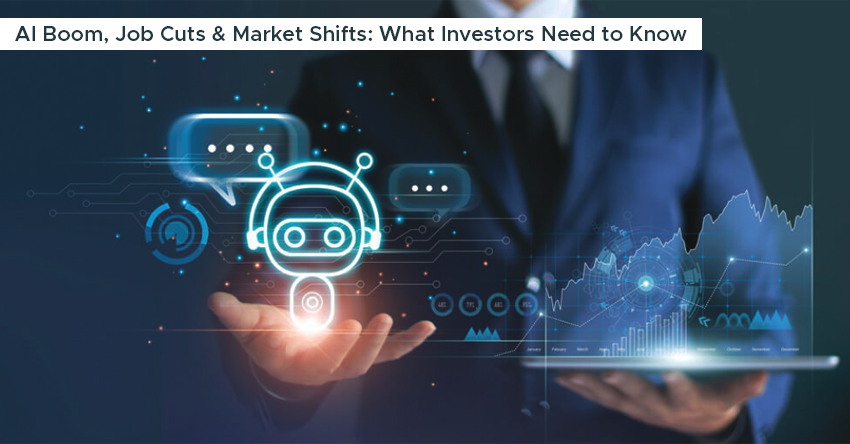The technology sector is undergoing significant transformations, driven by the rapid integration of artificial intelligence (AI) and widespread layoffs. These shifts are not only redefining operational strategies within tech companies but are also influencing investment landscapes.
The AI Revolution: A Double-Edged Sword

Artificial intelligence has transitioned from a futuristic concept to a core component of modern business operations. Its applications range from automating routine tasks to enhancing decision-making processes. McKinsey estimates that by 2030, AI could contribute between $13.6 trillion to $22.1 trillion to the global economy, potentially boosting global GDP growth by 1.3% to 2.1% annually.
In the tech industry, AI’s impact is particularly pronounced. Companies are leveraging AI to optimize software development, data analysis, and customer engagement. For instance, large tech firms are utilizing AI to generate significant amounts of source code, reducing the need for extensive staffing in certain areas.
Tech Layoffs: A Strategic Shift

Concurrently, the tech sector has witnessed a surge in layoffs. While these workforce reductions might initially signal financial distress, they often reflect strategic realignments. Companies are reallocating resources towards AI and automation to enhance efficiency and competitiveness. This shift necessitates a reevaluation of workforce requirements, leading to targeted layoffs.
Moreover, economic factors such as rising interest rates and geopolitical uncertainties have prompted tech firms to adopt more conservative financial strategies. Higher borrowing costs deter investments in riskier ventures, leading companies to streamline operations and focus on core competencies.
Investment Implications: Navigating the New Landscape

For investors, these developments present both challenges and opportunities. The integration of AI across various sectors suggests that the benefits of AI are not confined to traditional tech companies. Industries such as banking, pharmaceuticals, and education are poised to experience significant AI-driven growth. Therefore, a diversified investment approach that includes AI innovators across multiple sectors may yield substantial returns.
However, the current scenario bears similarities to the late 1990s dot-com boom, characterized by rapid technological advancements and soaring valuations. The subsequent bust serves as a cautionary tale for today’s investors. While AI holds transformative potential, overinvestment without due diligence could lead to market corrections. Thus, balancing enthusiasm with prudent analysis is crucial.
Strategic Adaptation for Future Gains

The convergence of AI integration and strategic layoffs is reshaping the tech sector’s investment landscape. Investors must adapt by embracing diversification, conducting thorough research, and maintaining a balanced perspective on AI’s potential. By doing so, they can position themselves to capitalize on the evolving opportunities within this dynamic environment.
